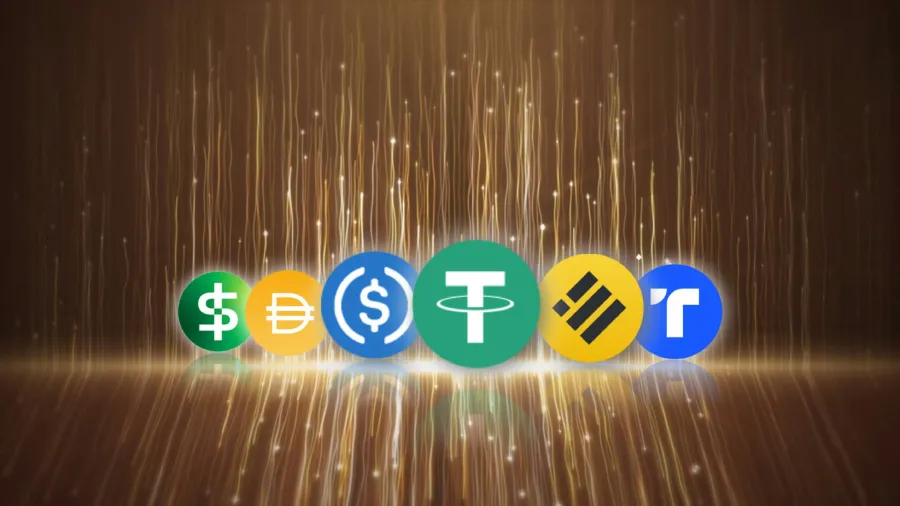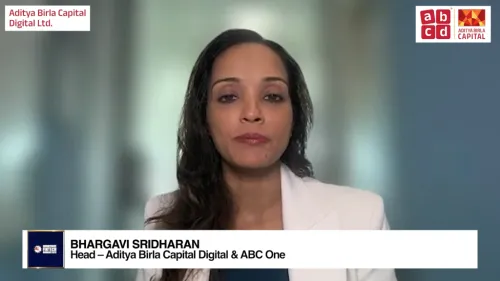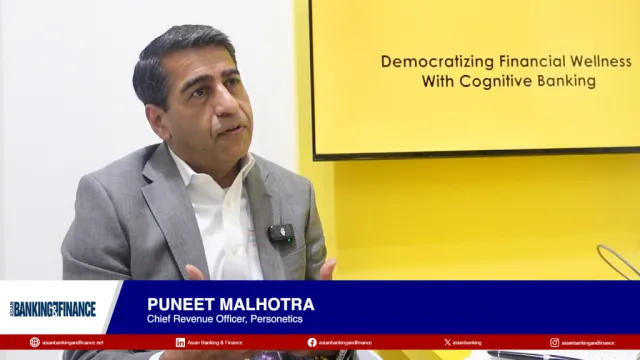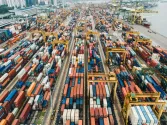
How stablecoins may challenge the traditional payments’ status quo
Stabelcoin transaction volume has exceeded $27t per year, according to official data.
Stablecoins has emerged as a global alternative to conventional payments infrastructure and represents a “direct challenge to traditional global payments rails,” said McKinsey & Company in a July 2025 report.
Stablecoins— alongside central bank digital currencies (CBDCs) and bank-issued tokenised deposits— have the ability to clear good funds and settle a payment almost instantly. They also require verification of existing funds and confirmation of sending and receiving entities before a transaction can be initiated.
Stablecoin transaction volume pegged to the US dollar has risen sharply over the past two years, exceeding $27t per year, according to data from Artemis and the World Economic Forum.
About $250b of stablecoins have been issued, according to transactions verified and recorded on a blockchain.
In contrast, existing legacy payment infrastructure processes between $5t and $7t in global money transfers daily, according to data from Swift and the Bank for International Settlements.
Whilst this may seem as if stablecoins pose little to no threat to incumbent payment networks, transaction volume has grown at a rate that can surpass legacy payment volumes in less than a decade if the rate continues, McKinsey & Co. said.
“The majority of these legacy payment networks can take one to five business days to complete a transaction because they rely on multiple intermediaries, operating in different business time zones and employing periodic batch-based processing,” McKinsey said.
Most payments of today also undergo manual or only semiautomated regulatory checks, such as AML, KYC, and sanctions screening.
“Stablecoins have now become a genuine contender to satisfy new payment needs, achieving the first true market fit for (non-crypto) digital assets.6 In particular, stablecoin-based payments are typically nearly instant, incur lower costs, increase end-to-end traceability and visibility on-chain, offer nearly 100% uptime year-round, and expand access to payments to everyone through wallet-based rather than account-based infrastructure,” McKinsey wrote.
Recent passage of stablecoins and crypto-asset supportive regulations in the European Union, United Kingdom, Hong Kong, Japan, Singapore, and the US, is part of the reason why McKinsey believes that 2025 may be an inflection point for stablecoins.
For example, the supportive posture of the US government for digital assets is opening the door for Web3 companies to apply for a banking license, the report said.
“Major exchanges such as Coinbase and BitGo, as well as stablecoin issuers such as Circle, may be able to acquire a banking license and thereby offer payment services directly through the existing banking infrastructure,” it added.



















 Advertise
Advertise







